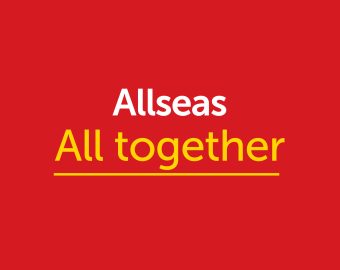Supply chain professionals ignore the carbon agenda at their peril
03 March 2014
50 Shades of green
In today’s carbon-conscious world, it scarcely seems possible that being green had rather an ‘alternative’ ring to it only a few years ago. These days, we talk about our carbon footprint, we discuss the merits of renewable energy, we try to remember to turn down the heating and we may even remember to switch off the lights when we leave the room.
But for transport professionals, the environmental pressures are only just beginning. Rising fuel costs, increasing road congestion, the shortage of qualified HGV drivers and the prospect of carbon taxes are all focusing the mind. And then there’s the European Commission, with its exceedingly tough targets for reducing emissions from transport, while national governments have their own policies and regulations in parallel. But there’s more! Even if you could find a way to get through all of the above, now your clients – and your clients’ clients – want to know exactly how green you are.
Retailers, under pressure from consumers and anxious to shine in their CSR policies, are examining the carbon footprints of the products they sell. Take wooden furniture as an example – that means tracking the environmental issues all the way from how the trees are grown and harvested, to the manufacturing and assembly processes, and, finally, through every link in the supply chain that brings that chair or table to the shop or final end user.
That puts the logistics professionals in the hot seat, green issues and targets need to be high on the logistics planning agenda. Because the reality is that as our customers look for reduced carbon supply chains, they are increasingly emphasising the environmental issues in tender documents. It’s likely that we will actually move away from solely cost-and-service proposals to ones that prioritise the carbon aspects, too. Our customers want to know – What is your carbon footprint? How are you offsetting it? How can you improve that performance? In practical terms (and to name just a few), that means backloading trucks wherever possible, choosing water and rail over road and, at investment time, choosing the ‘greenest’ equipment.
As a logistics provider, here at Allseas Global we take the environmental agenda very seriously indeed. We focus strongly on reducing emissions and being green in all our operations. We use local, sustainable timber for our packing cases. We are removing some of our GHG emissions by supporting the Woodland Trust in its Woodland Carbon project. Together we’re creating 600 sq m of new native woodland in the UK – enough to remove at least 24 tonnes of carbon dioxide.
We have also just signed up to the Haven Gateway’s Low Carbon Freight Dividend, which offers financial and practical support to eligible SMEs who switch containers from road to rail or water. We are committed to moving more freight by feeder ship and rail wherever we can.
Don’t imagine that ignorance is bliss. When it comes to taking responsibility for your carbon footprint, ignorance is no longer a defence.
Imagine 50 shades of green … which one would you choose? The answer is that all of us involved in transport and logistics would be well advised to go for the greenest.
Author: Mark Binge, Group Commercial Manager
Also published on: Lloyd’s Loading List
Sign up to our newsletter
To receive bi-monthly industry updates, plus opinion and insights from our expert Logistics Consultants, sign up here.
This site is protected by reCAPTCHA and the Google Privacy Policy and Terms of Service apply.


